How did global living conditions change?
May 2017
Max Roser – @MaxCRoser

Few have a positive view on how the world is changing
Our World in Data
Our past
Prosperity & Poverty
Long run history of growth
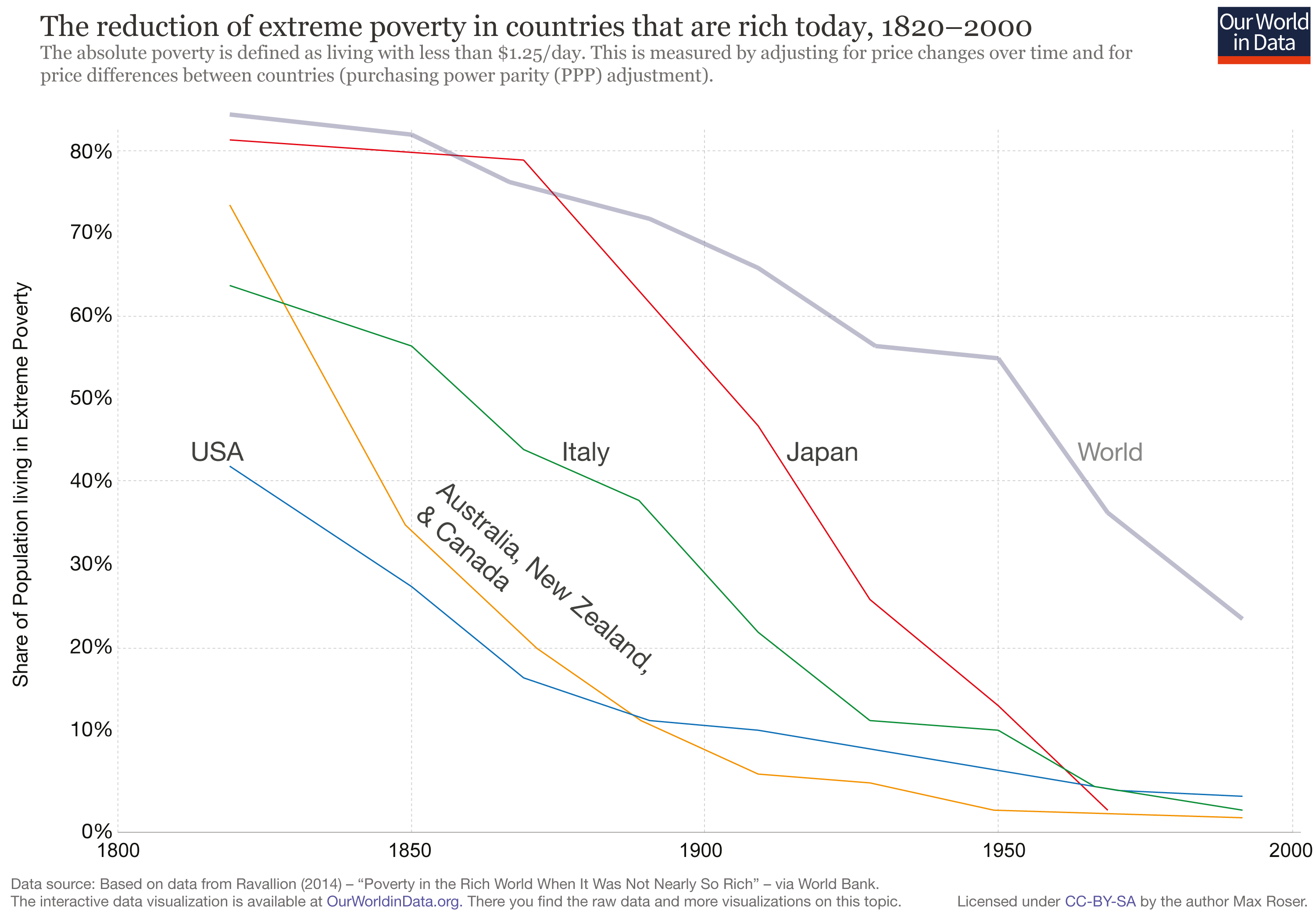
Today's rich countries became rich very recently.
Long run history of growth

Global inequality.The distribution in 1988.

Global inequality.The distribution in 1988.

Global inequality.The distribution in 1988.

Global inequality.The distribution in 1988.

Global inequality.The distribution in 1988.

Global inequality.The distribution in 1988.

Global inequality.The distribution in 1988.

Global inequality.The distribution in 1988.

Global inequality.The distribution in 1988.
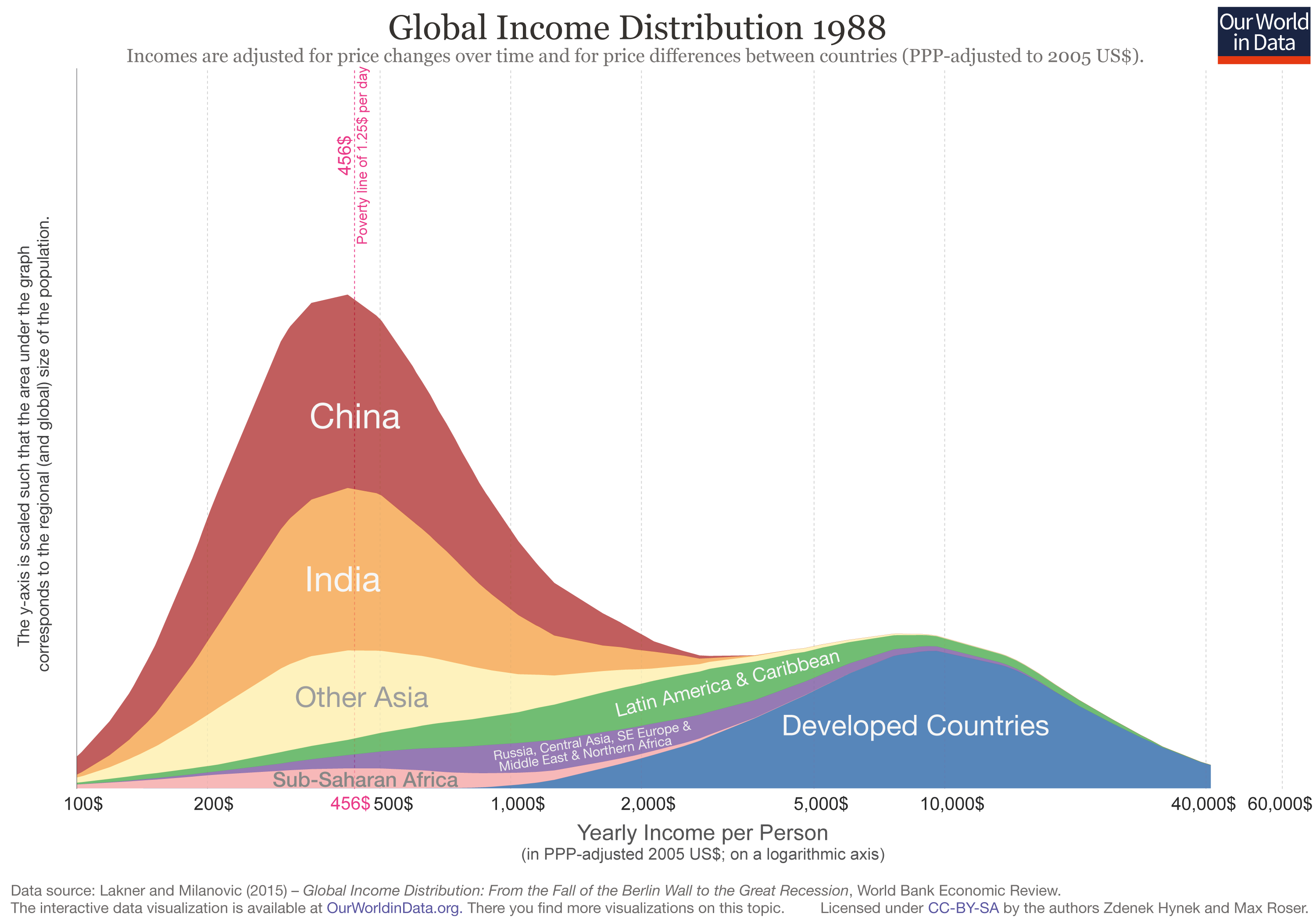
Global inequality. This is the distribution in 1988. A clearly devided world.
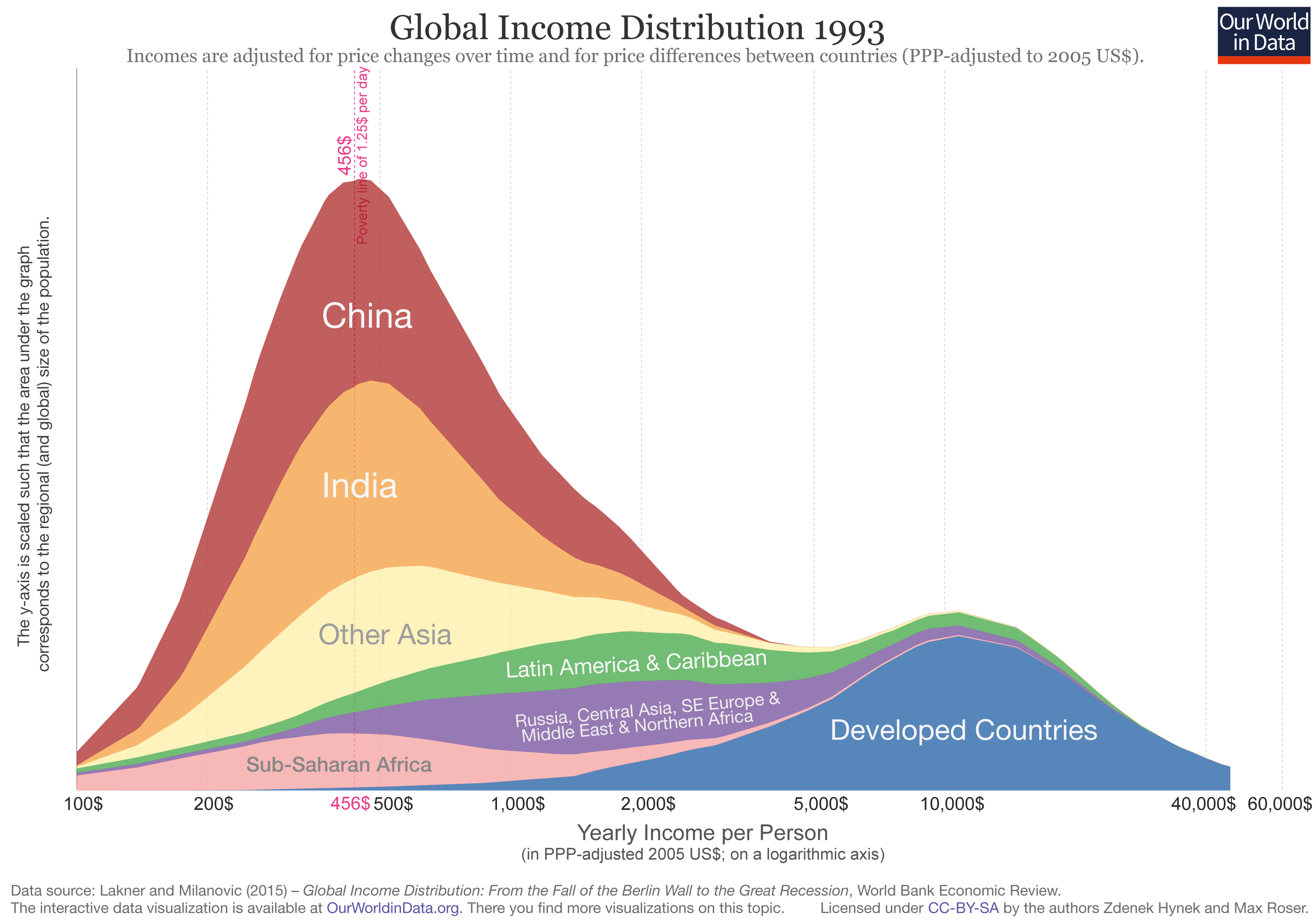
How global economic inequality is changing.
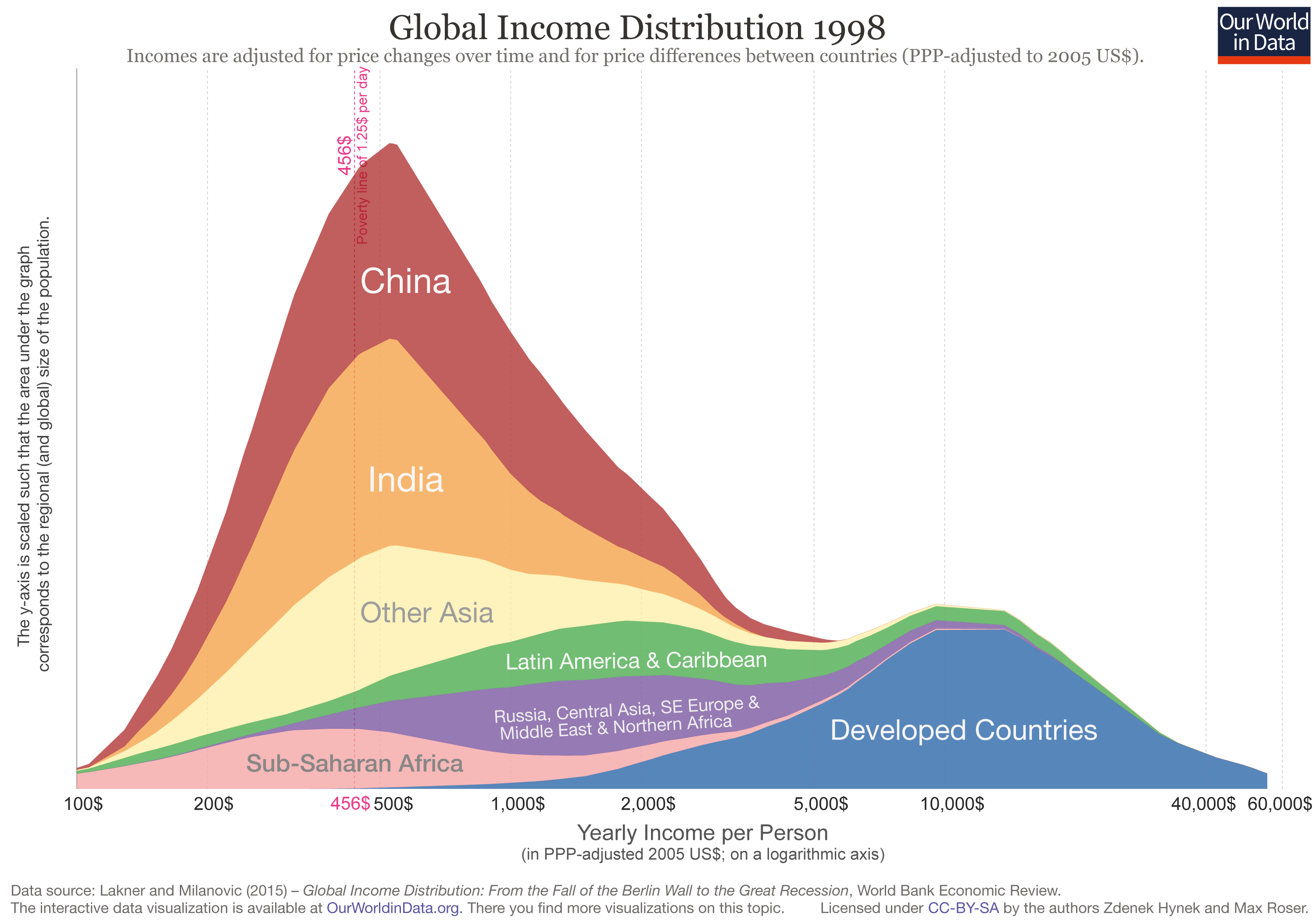
How global economic inequality is changing.
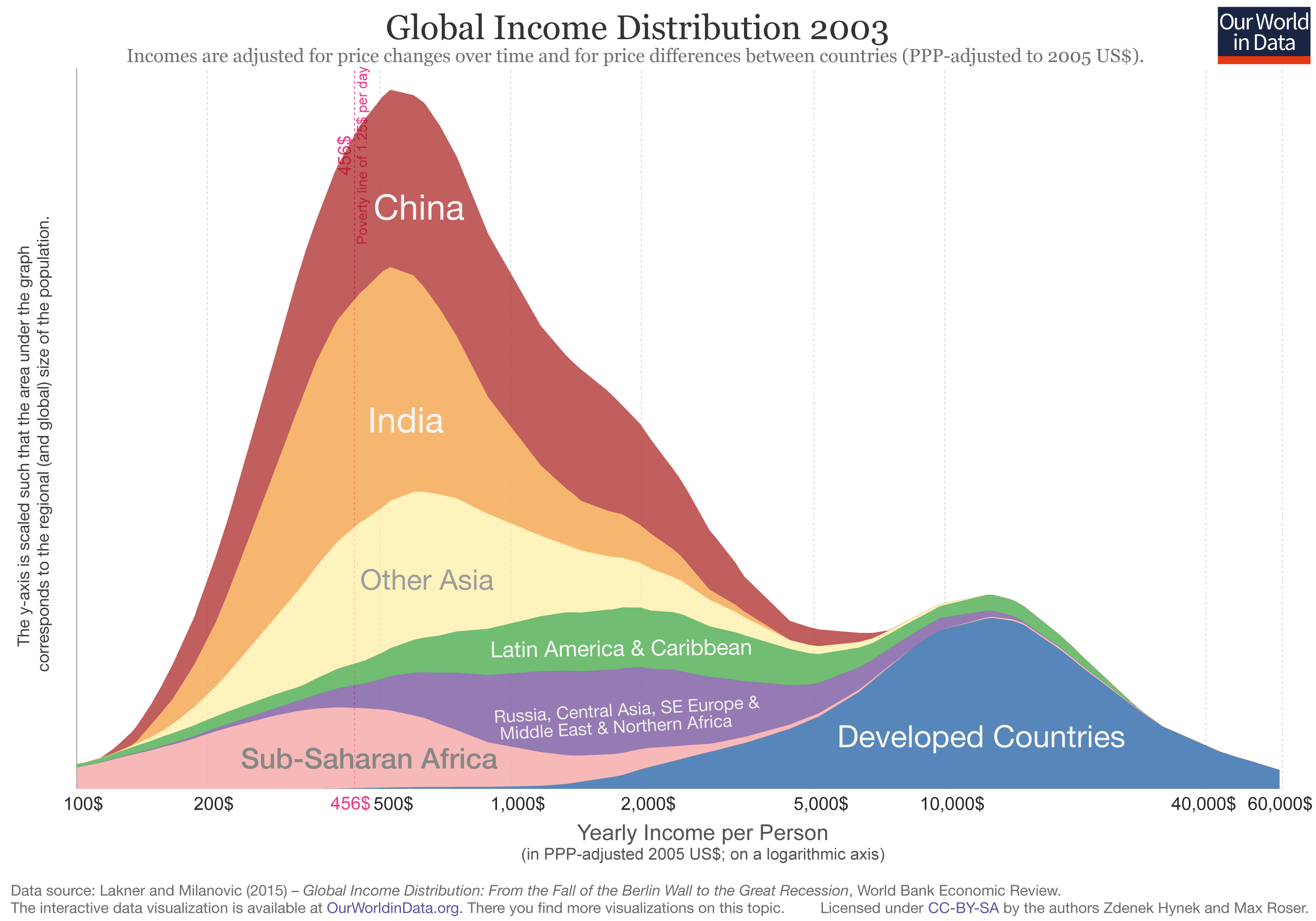
How global economic inequality is changing.
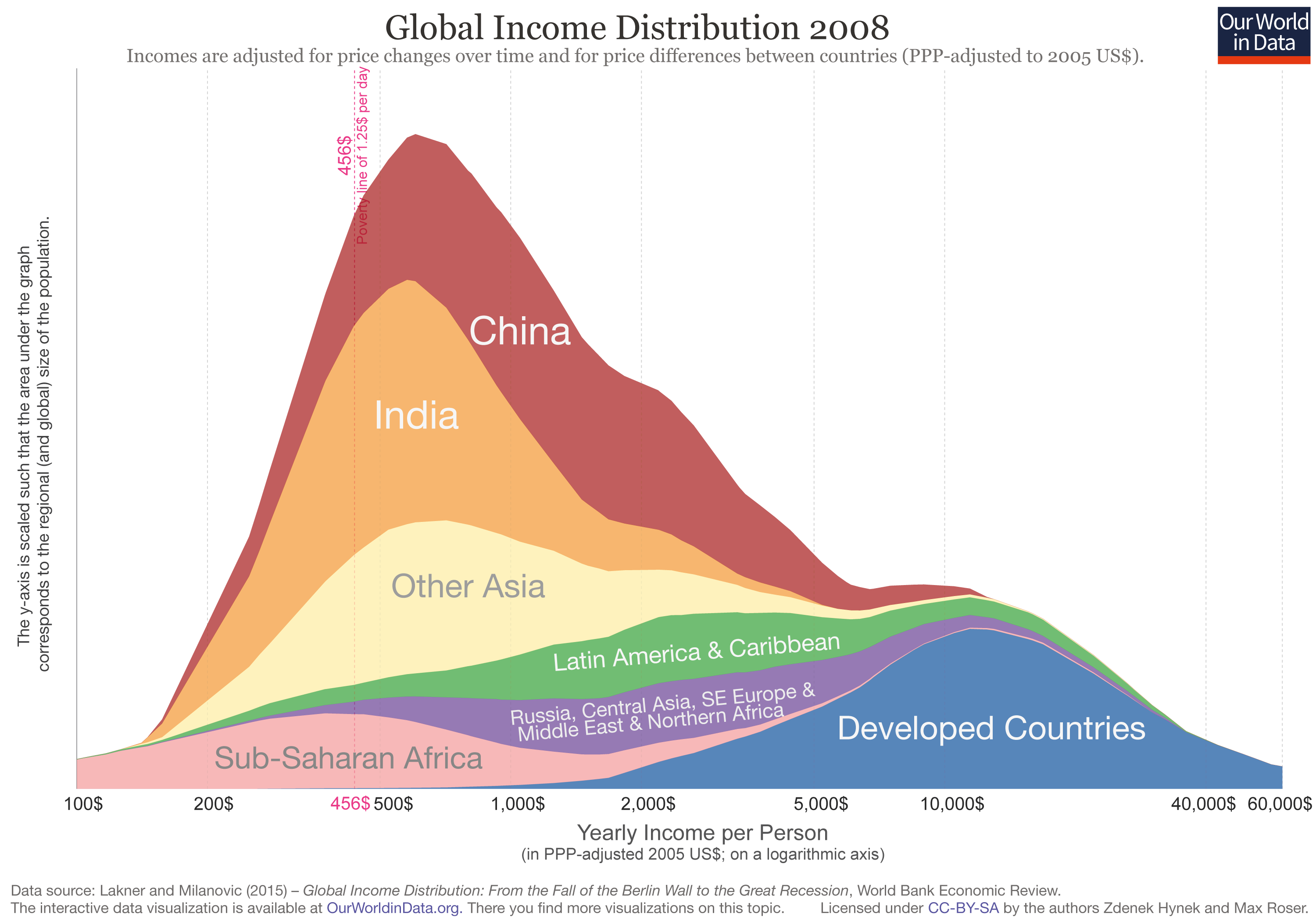
How global economic inequality is changing.
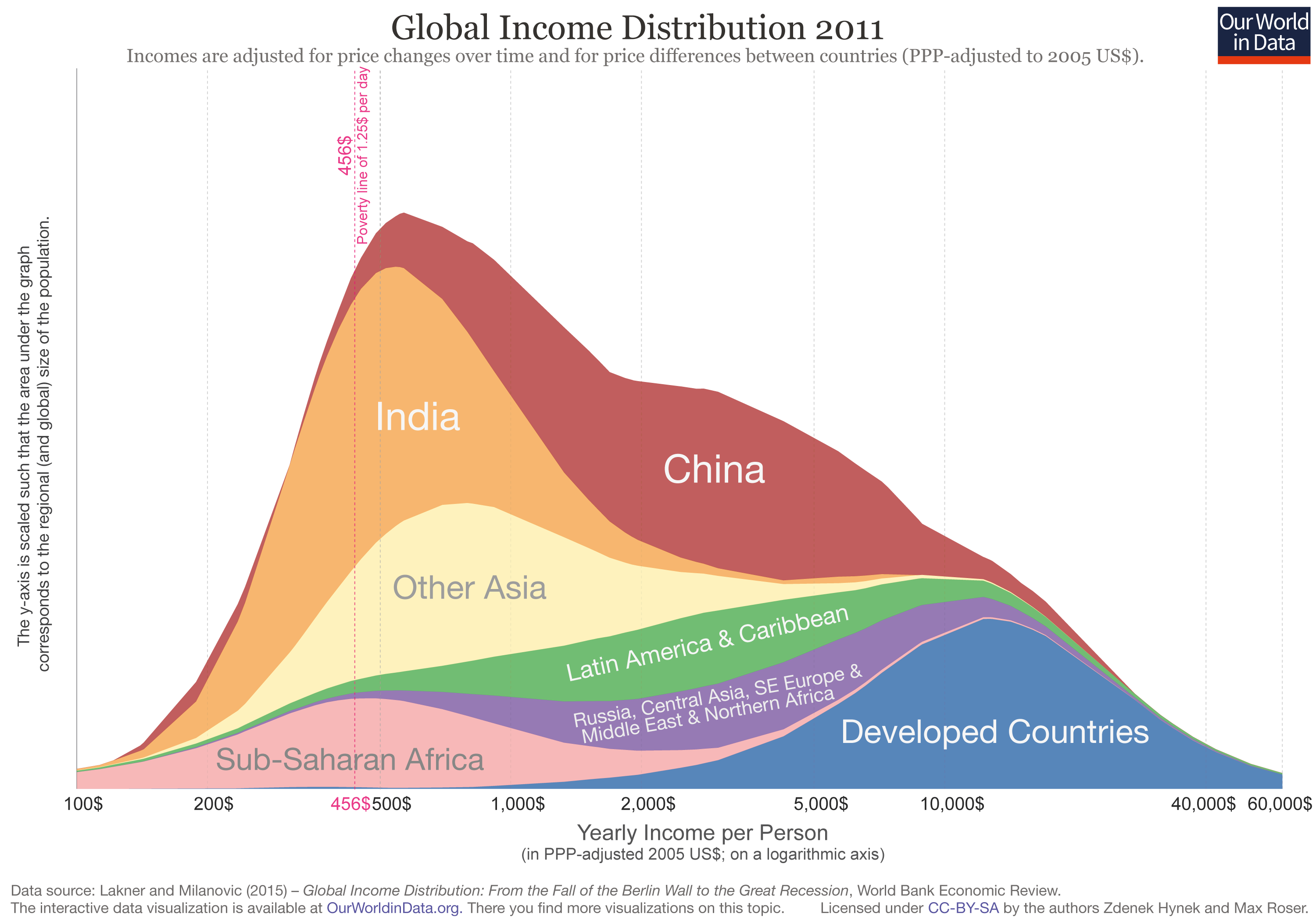
Global inequality has declined.
Declining extreme poverty
– Prosperity for many is a very recent achievement
– Poverty declined for 2 centuries; never faster than now
– Global inequality is very high but falling
Inequality in rich countries

How economic growth is shared

How economic growth is shared

How economic growth is shared
Health
Child mortality in the past – Press play to see the change since then
"In 1800, 43% of the world's population died as children. By 1950 it was down to 20%. By 2013 it was down to 3.4%. This is a big win!"
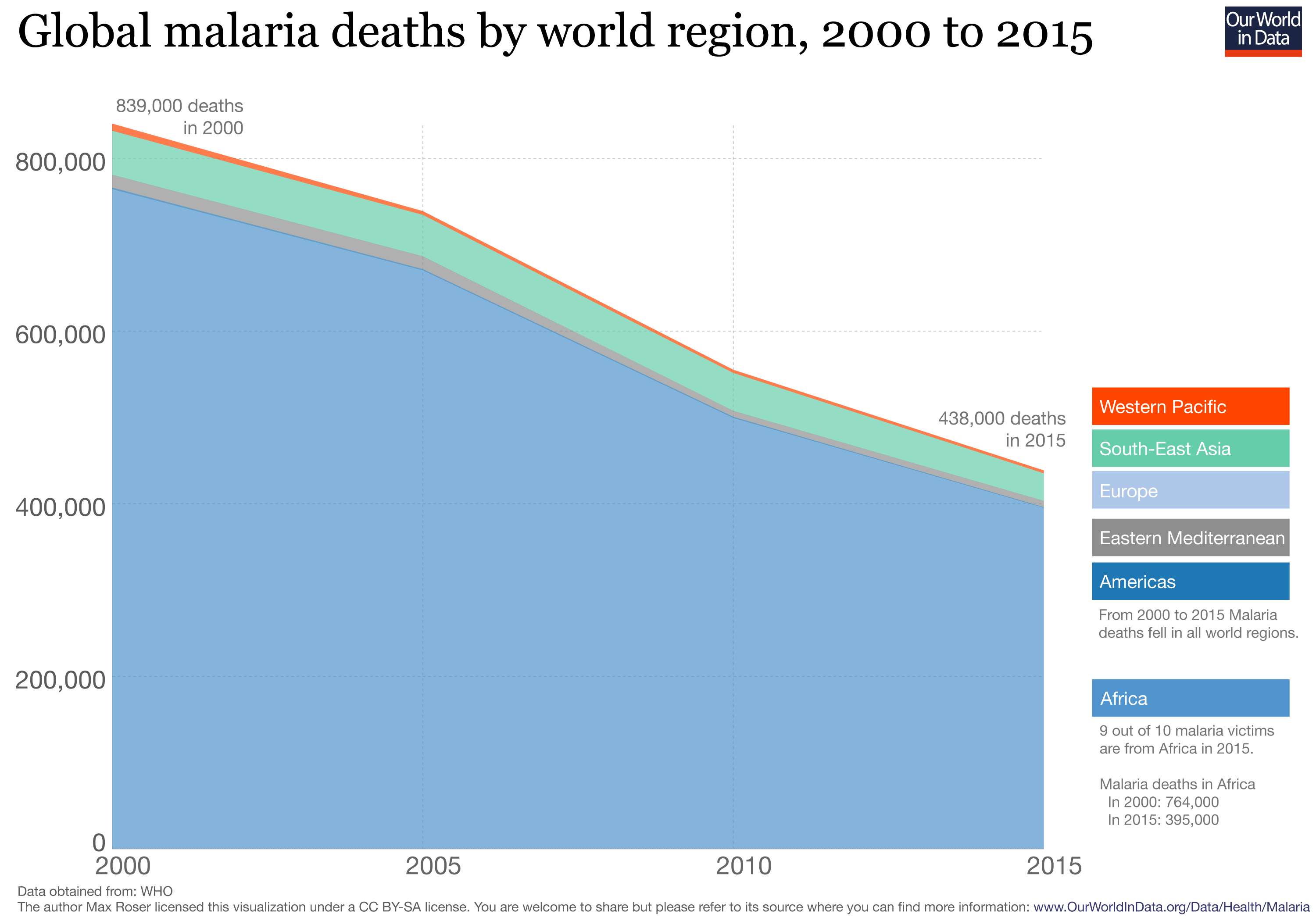
In many parts of the world malaria has been eradicated (in the US in 1951) and around the world, malaria mortality figures are falling.
Education
Fewer illiterate people: in 1930 the literate world population was only 33%; by 2014 it is at 85%
Future
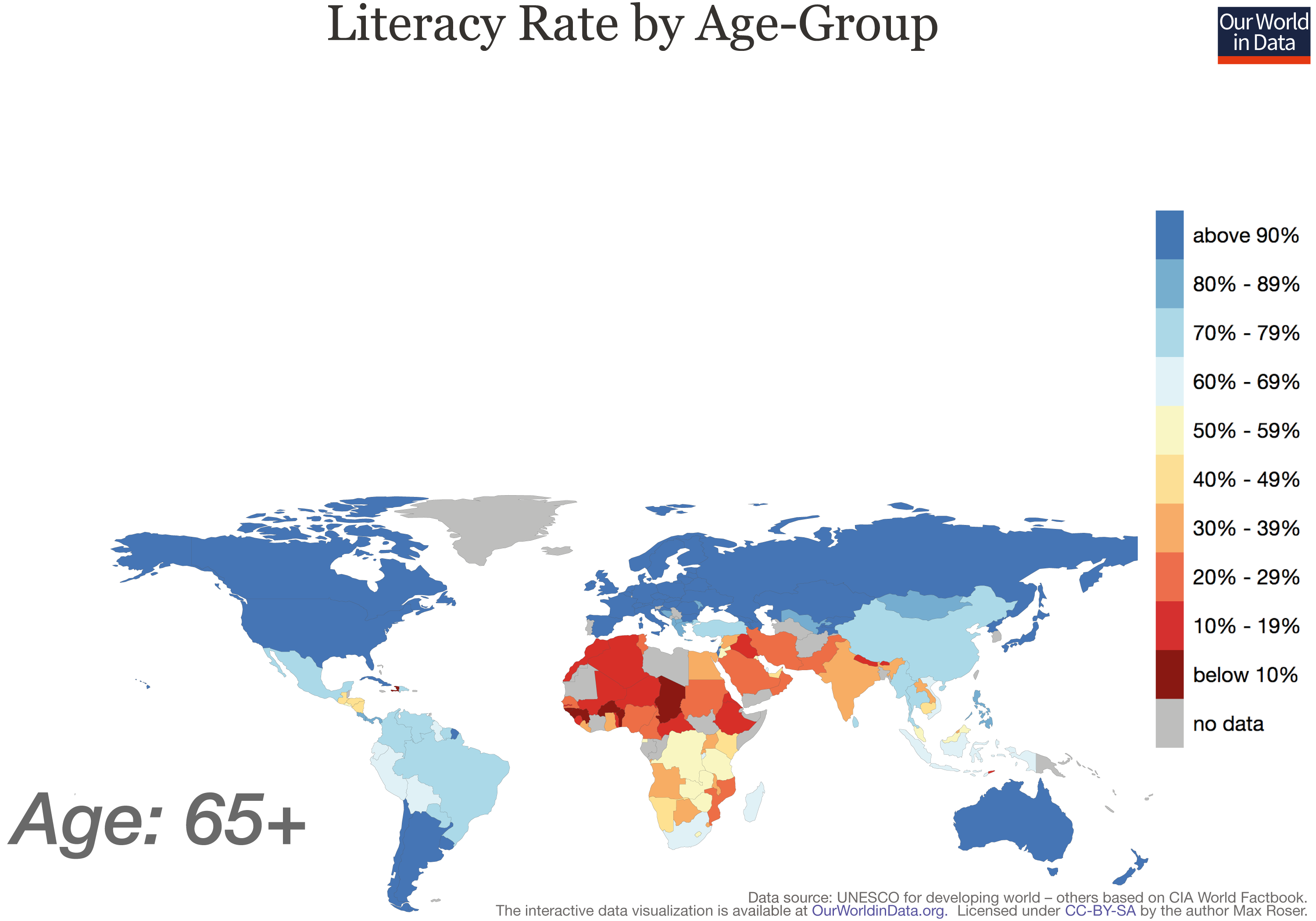
We can see how the world will change when we compare the education of the old generation with the generation of the young generation.
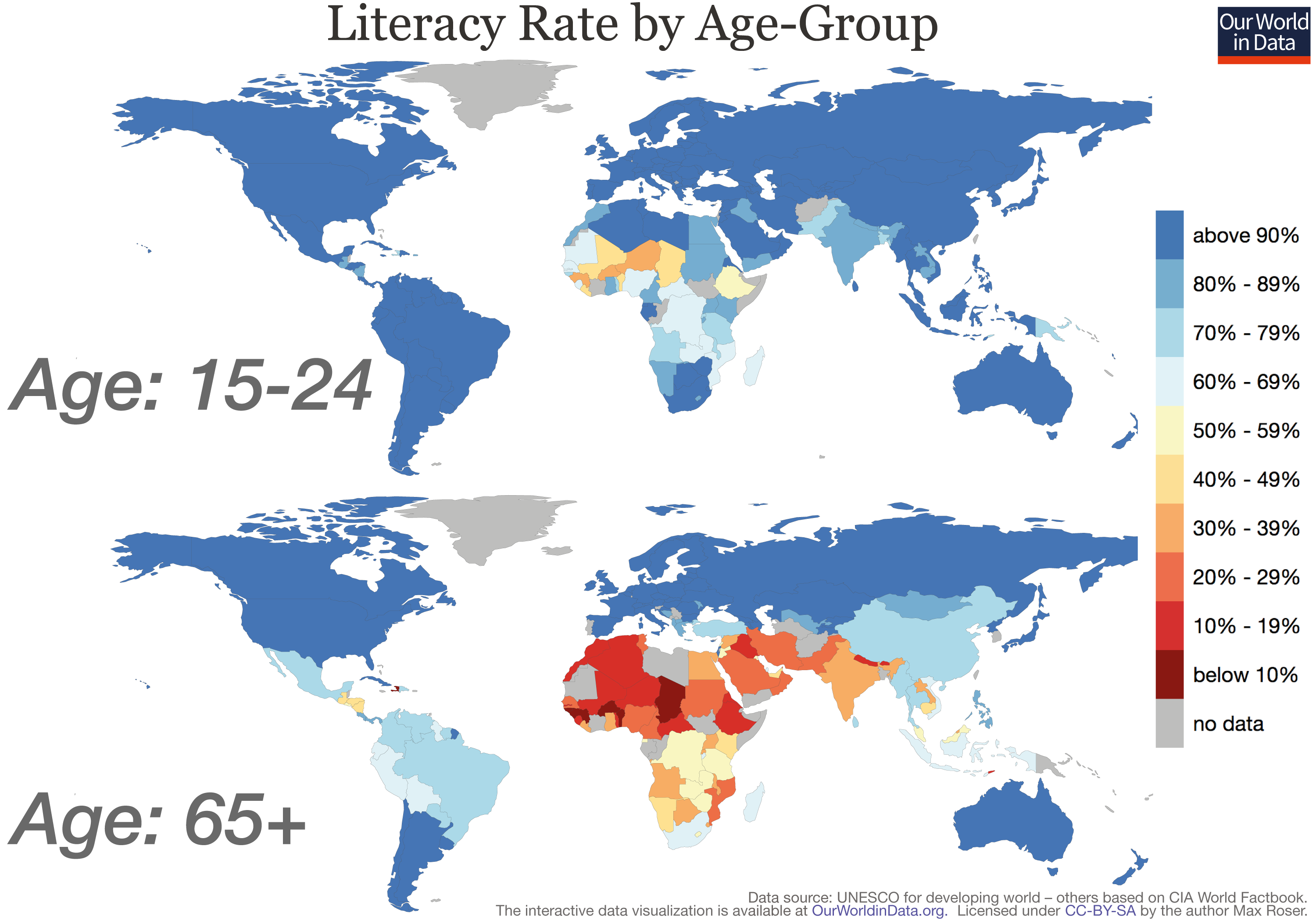
The younger generation is much better educated.

From this perspective it is surprising that few are optimistic

Only few know about global development
Better health
Fewer in poverty
Better education
(We are in a strong position, to work on the big problems collectively.)
Our World in Data
Team today

